Michelle Groskopf is a street photographer based in Los Angeles. She’s made a practice of shooting the world around her almost daily for the past 20 years. Her work has been featured in The British Journal Of Photography, American Photo, The Huffington Post, In-Public, Refinery29 and more. She is a member of The Full Frontal Collective.
Her themes revolve around tween/teen culture, girlhood and suburban ideology iconography.
She is currently publishing her first monograph with The Magenta Foundation.
“I grew up in the suburbs of Toronto surrounded by shopping carts and old ladies in headscarves. That’s all I knew for the longest time. Housing developments, strip malls, backyards and Jewish summer camp. It was comforting, one of those good childhoods and I loved it. As I got older I caught the notion of other things, other places I wanted to see. I fled straight for the city, and then kept going till I managed to get as far away I could. At some point, I started taking photos. Photos of shopping carts and old ladies in headscarves, people wandering around strip malls. It didn’t matter what city I was in, I’d find them, these people that seemed so familiar to me. I’d get so close to them with my camera they would be forced to talk to me. They’d ask me why and I would tell them that I thought they were beautiful.”


Daily Street
Hey, Michelle, I’ve always admired the intense way in which you capture the people you surround yourself with, unveiling a certain visual and psychological closeness. Are there any personal experiences that lead you to photograph others in this manner?
I’m not sure what brand of crazy informs why I do what I do. I’m a very sentimental person and the act of taking photographs for me is tied up in childhood memories. The aesthetics of my suburban upbringing. I’m relating to strangers on the street as if they were family. So I get close. I want to stop and stare and take my time mulling over their details because they tend to bring back very visceral feelings for me. Like a time machine. My childhood had a specific aesthetic that is now imprinted all over my work for good or bad. I love the details and the people that I photograph so much. The work is tender work. In the end, there is so much to gleam from details. They’re these clues to our shared humanity. I’m so grateful that I have the temperament to see them. I always want to share that instinct.



You have an innate ability to connect with the people you photograph. Have you been surprised by what conversations and stories have arisen from these collaborations?
People are amazing. We’re all so strange and magical. That’s the basis for all of my work. Always. The photography I do is a sort of dance. I’m very physical on the street. I lunge, I weave, I run and I hide. It’s ridiculous. I must really look ridiculous. There is a lot that happens around taking a photograph. Usually, I snap first and then I either walk away very quickly or else I engage in a conversation where I inevitably explain myself and my actions. Sometimes I sense a certain danger but I still want the shot so I’ll talk while shooting. Anything to get the shot. Sometimes I get screamed at and I get it. I’m out there bursting bubbles. Positing myself into people’s day uninvited. But sometimes I get these incredible conversations. Real connections and mutual appreciation. Those are the good days. Those are the days when I feel very connected to the world around me. I believe there are those in the world who are thirsty for irregular moments in their day. People who love surprises and spontaneity. My photography work can act as that moment of irregularity and it really opens some folks up. We get weird together. Sometimes it’s just a small interaction. I explain to them why I love their hand gesture or their nose or whatever. Then they walk off smiling, That’s really great too.

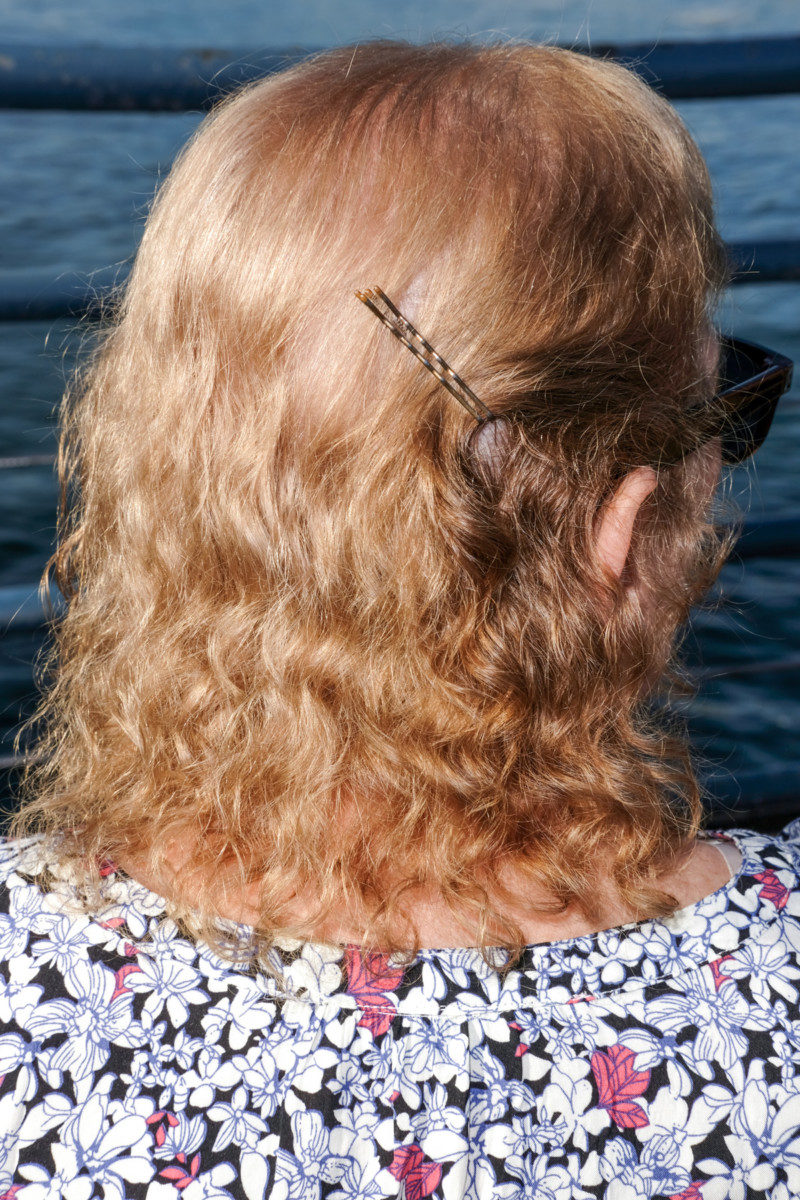
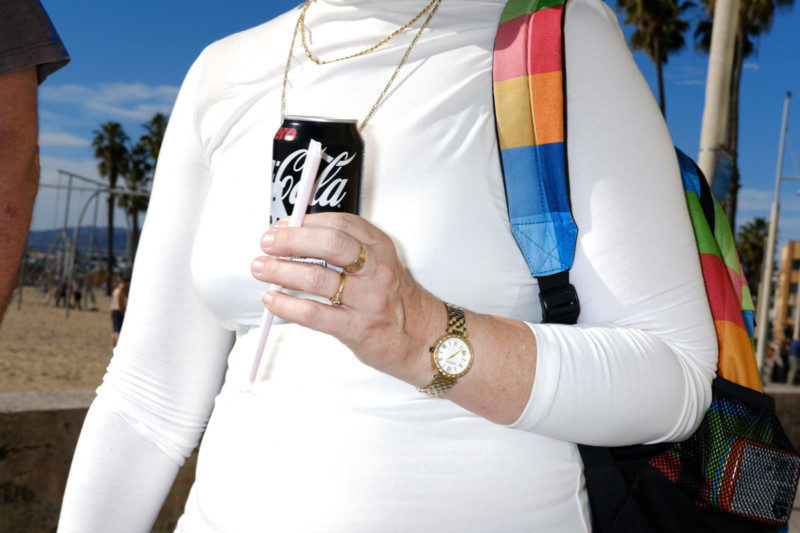
There is always a great tension radiating from your imagery- I feel like they are always treading a fine line between a genuine observation and a critical perspective. Can you elaborate on this?
That’s interesting. I imagine the critical is turned inwards. I use my work as a means to understand how I see the world and my place in it. What I’m looking at and focusing on through my lens says more about me than it does about the people who I photograph. This is a random fact but since I was young, whenever I go shoe shopping I have to hold the shoe up to a mirror to really see it. I need it reflected back at me to understand what it looks like. I think that’s what photography is for me. I need the world reflected back at me in order to understand it and to understand myself. A facet of the way my brain works I guess. So I’m always judging my relationship to the world around me. My work functions as a diary more than anything else.
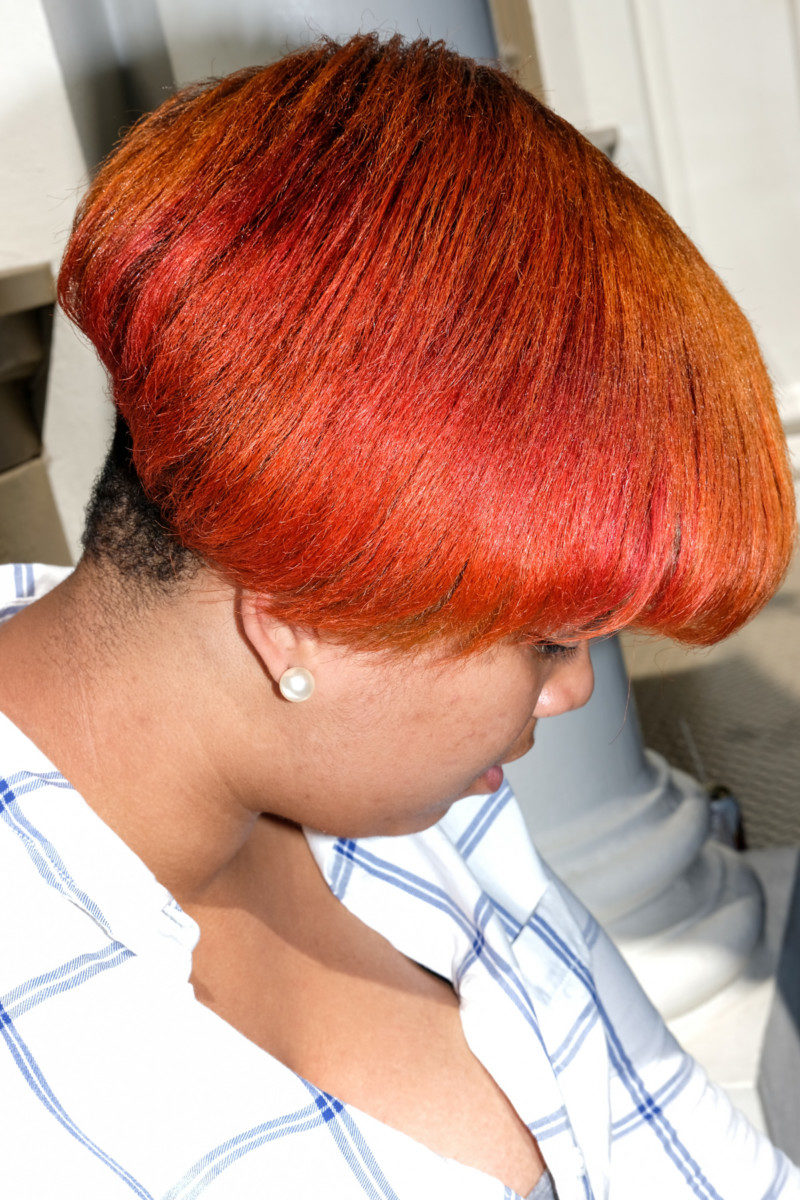
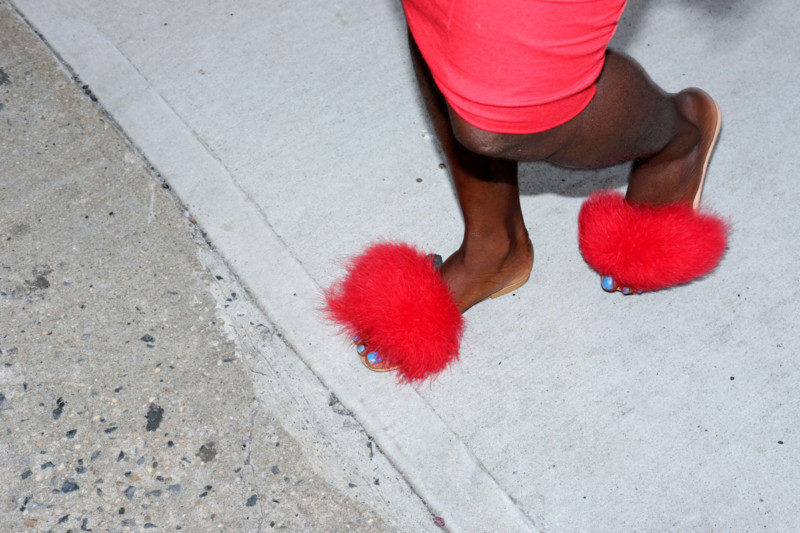

How do you feel that living in Los Angeles has influenced your creative practice? How do you think the culture has impacted you personally?
LA is my muse. It’s a visual wonderland full of all kinds of people and landscapes. After living for 15 years in New York City I had forgotten the effects of open space on the mind. After years I have space to move, to work, to single out imagery, to breathe. It’s also so many things as a city to so many people and that equates to abundance for a photographer like me. Every corner is a different planet. Then there are the suburban elements reminiscent of my childhood. Being immersed in those elements has awoken something in me. It has reconnected me to myself. Or at least the part of myself I buried when I moved to NY. Nobody wants to betray their suburban heritage in a place like NY. But LA has a casualness that can cultivate a certain freedom of expression. I’m so grateful for that. NY is pressure. I fold under pressure. I was lost by the end of my stay there. LA is like a big hug or a very supportive friend that just wants to see you doing well. That energy and support has led to an abundance of work for me. Also, I have the best girlfriend in the world and a dog and a cat and some plants. This is the good life.

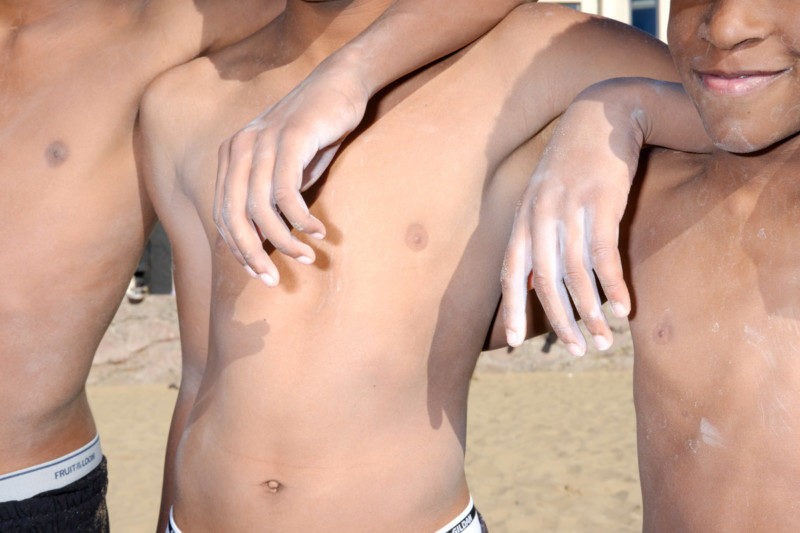
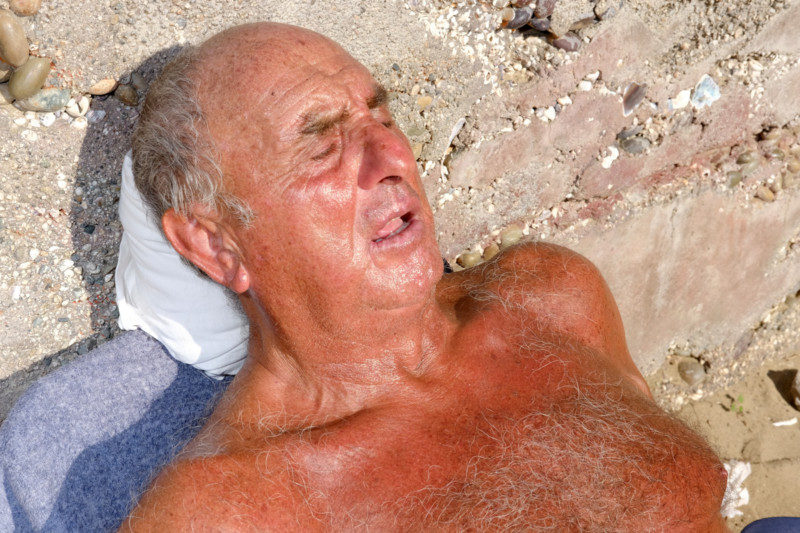
Do you consider yourself a street photographer?
Street photography is steeped in tradition and for that it can be a trap. For some strange reason there is a large portion of the street photography community who are hell bent on curbing experimentation within the genre. I find that heartbreaking and very difficult to wrap my head around. The street is a great leveler and unifier. It’s where we as people become public. Where we learn to walk side by side. It’s this big rushing river where all things come and go. Why would anyone want to tame that? Street photography can be a witness to our stories but it can also function much like a studio might. It can be a casting call. It can be a practice that explores fashion, or textures. It can be an experiment. There is energy on the street ready to be harnessed. In that sense I’m a street photographer. I use the street like a canvas or a place to play out my ideas because it offers itself up to me the minute I leave my house and continues on without me once I shut my door to it. It’s alive. This attitude makes me unpopular for sure but I want to see more rebellion, more varied view points and more diversity. The street warrants it.



Can you share any projects that you are working on at the moment?
I’m currently editing my first monograph which is being published by The Magenta Foundation. I’m so grateful to my editors for smiling in the face of my huge body of work. I take a lot of photos. They’re real troopers.

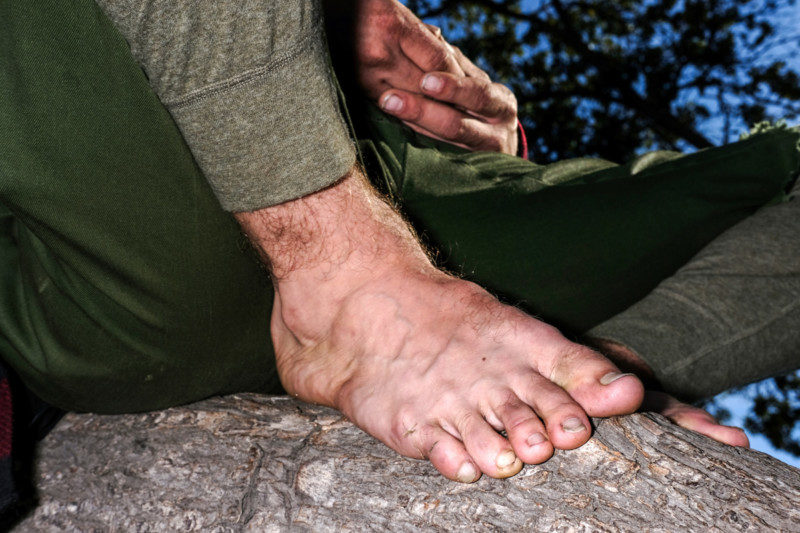

To view more of Michelle’s photography, please visit her website. You can also follow her on her blog, The Daily Street, and on Instagram.